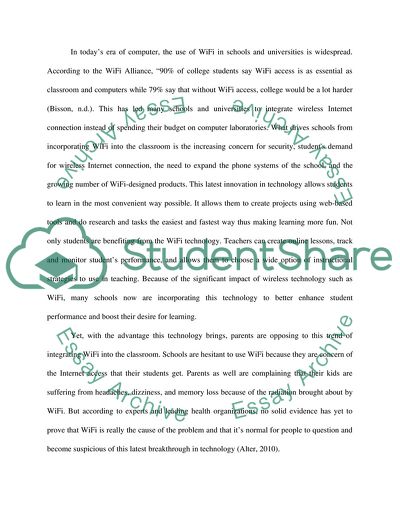Cite this document
(How Wireless Technology Redefines Classroom Learning Assignment, n.d.)
How Wireless Technology Redefines Classroom Learning Assignment. https://studentshare.org/education/1741575-infusing-technology-in-the-classroom
How Wireless Technology Redefines Classroom Learning Assignment. https://studentshare.org/education/1741575-infusing-technology-in-the-classroom
(How Wireless Technology Redefines Classroom Learning Assignment)
How Wireless Technology Redefines Classroom Learning Assignment. https://studentshare.org/education/1741575-infusing-technology-in-the-classroom.
How Wireless Technology Redefines Classroom Learning Assignment. https://studentshare.org/education/1741575-infusing-technology-in-the-classroom.
“How Wireless Technology Redefines Classroom Learning Assignment”. https://studentshare.org/education/1741575-infusing-technology-in-the-classroom.


